Looking for animals that start with Y? You’re in the right place! We have a long list of animals that start with the letter Y!
While the complete list of animals beginning with Y is exhaustive, the one below is filled with many fascinating, remarkable, cute, and quirky creatures.
You will learn a bunch of exciting things about these animals that begin with Y, so if you’re looking this up to help you with a school project, you’re in the right place.
Have we missed your favorite animal that starts with the letter Y? Then let us know in the comments, and we will add it to this article.
Animals That Start With Y
Here are some of the most exciting animals that begin with the letter Y.
Yellow-Streaked Lory

Starting off our list of animals that start with Y is the yellow-streaked lory. These birds are members of the Psittaculidae and have unique dark green plumage with bright yellow bands on the chest.
Loud and active, these birds grow up to 11-12 inches. The yellow-streaked lory has a life expectancy of 20 to 30 years.
Yellow Fat-Tailed Scorpion
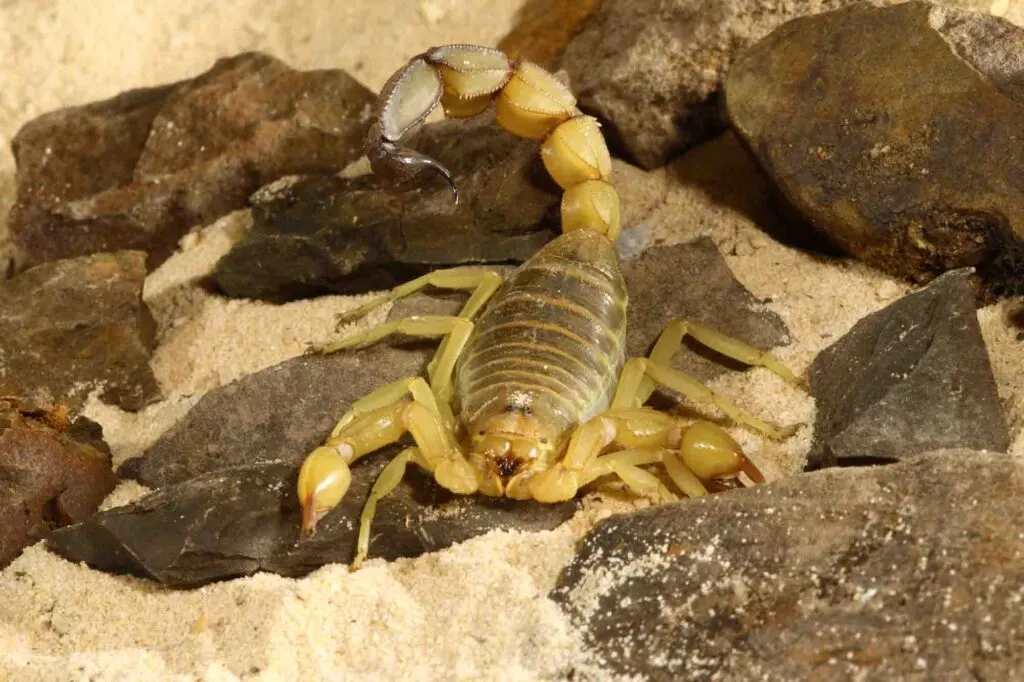
One of the most venomous scorpions in the world, the yellow fat-tailed scorpion is also known as the ‘man-killer.’
The female fat tails have a peculiar cannibalistic behavior, and they often end up eating their potential male mates or even their own offspring!
I think it is safe to say this is one of the scariest animals that start with the letter Y!
Yellow-Banded Poison Dart Frog
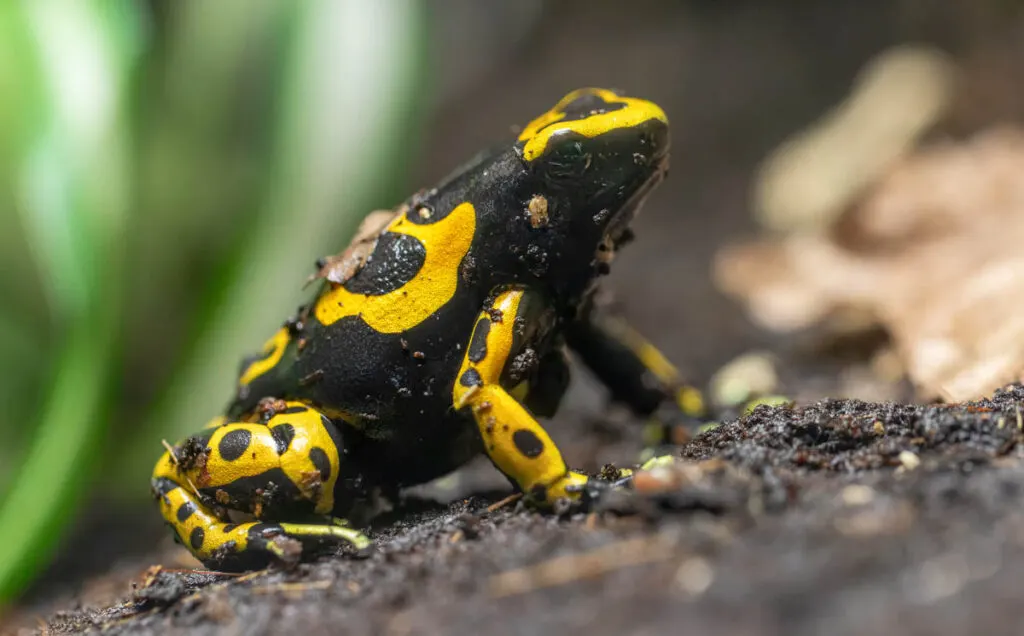
These frogs are also known as ‘bumble bee poison dart frogs’ due to their black and yellow stripes and markings.
However, when in human care, these frogs are not toxic at all. The toxins in wild frogs come from the insects they consume in their natural habitat.
Yellow-Bellied Sea Snake
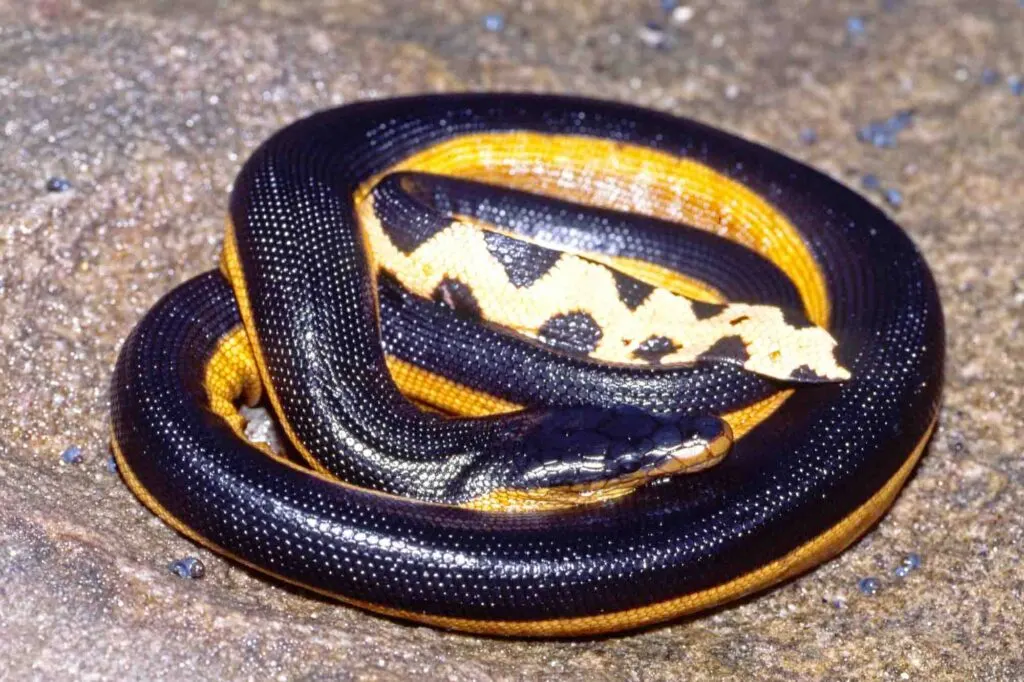
Yellow-bellied sea snakes have the ability to move forwards and backward in water by the lateral undulation of the body. Besides, they are one of the fastest snakes in the world!
These aquatic animals do not have many predators, and their bright color indicates how highly venomous they are.
Yellow Sac Spider
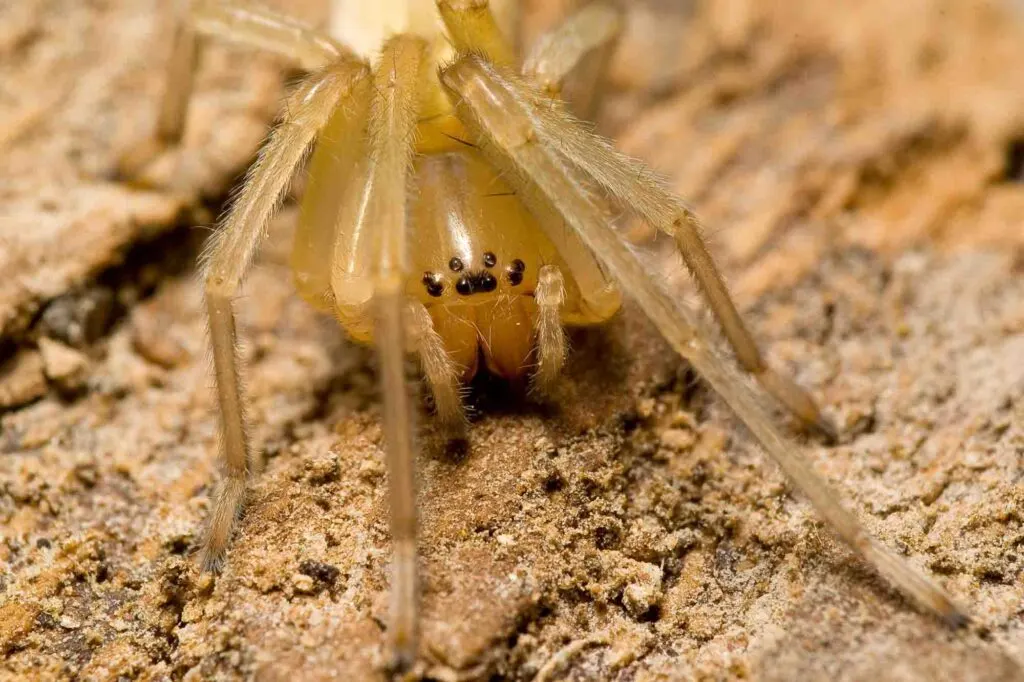
Yellow sac spiders are primarily found in the Northern and Midwestern United States. However, they are also distributed throughout North and South America.
Yellow sac spiders have very powerful chelicerae, and their fangs can pierce the skin quickly. Venom has local toxicity harming cells and is toxic to nerve tissue.
Even though they are considered one of the most venomous spiders in the world, no fatalities have been recorded.
Yellow-Backed Duiker
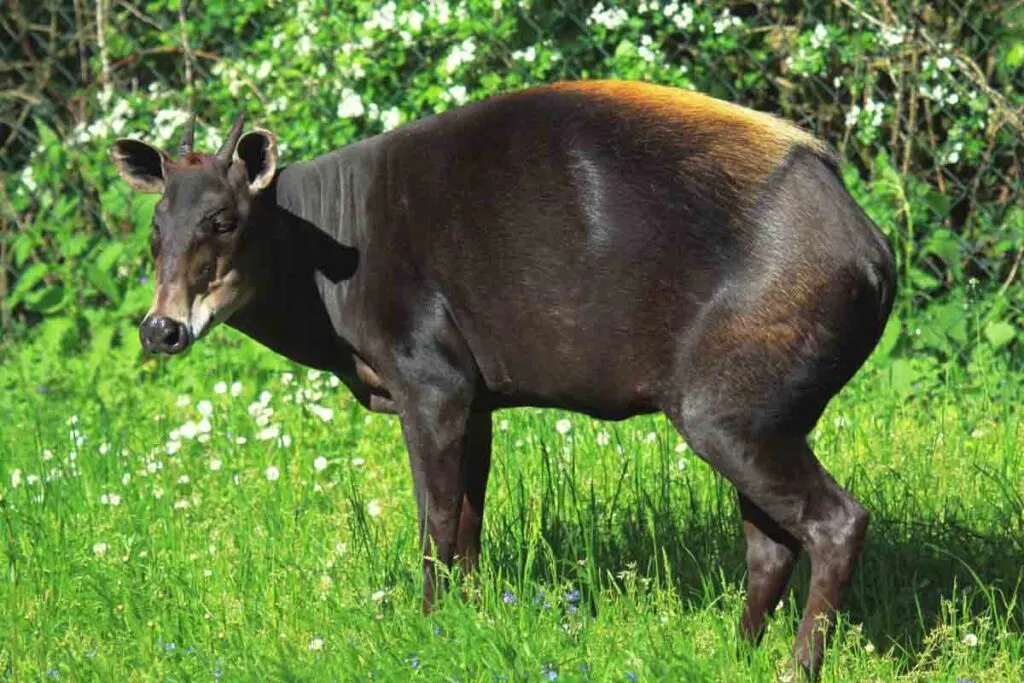
Yellow-backed duikers are the biggest variety in the duiker species. Adult duikers weigh almost 100-180 pounds, have a unique barrel-shaped body, and are hunched back.
The ‘yellow’ in their name is courtesy of the triangular patch of yellow hair on their backs.
As African animals, yellow-backed duikers are found mainly in Central and Western Africa, ranging from Senegal to Western Uganda.
Their range extends southward into Rwanda, Burundi, Zaire, and Zambia.
Yellow-Rumped Warbler
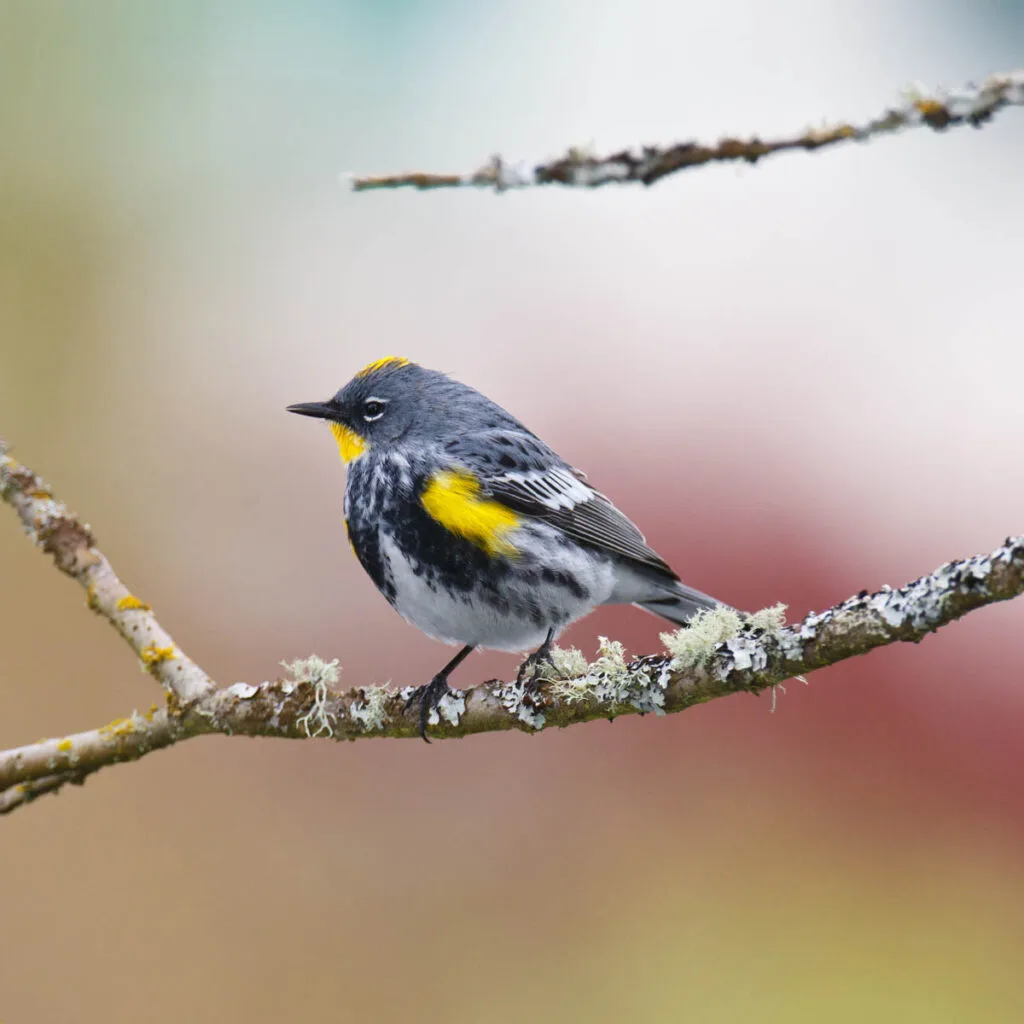
The male yellow-rumped warblers are very bright in color, whereas their female counterparts are a lot duller and paler in comparison.
These birds are super active and agile enough to catch insects mid-air!
Yacare Caiman
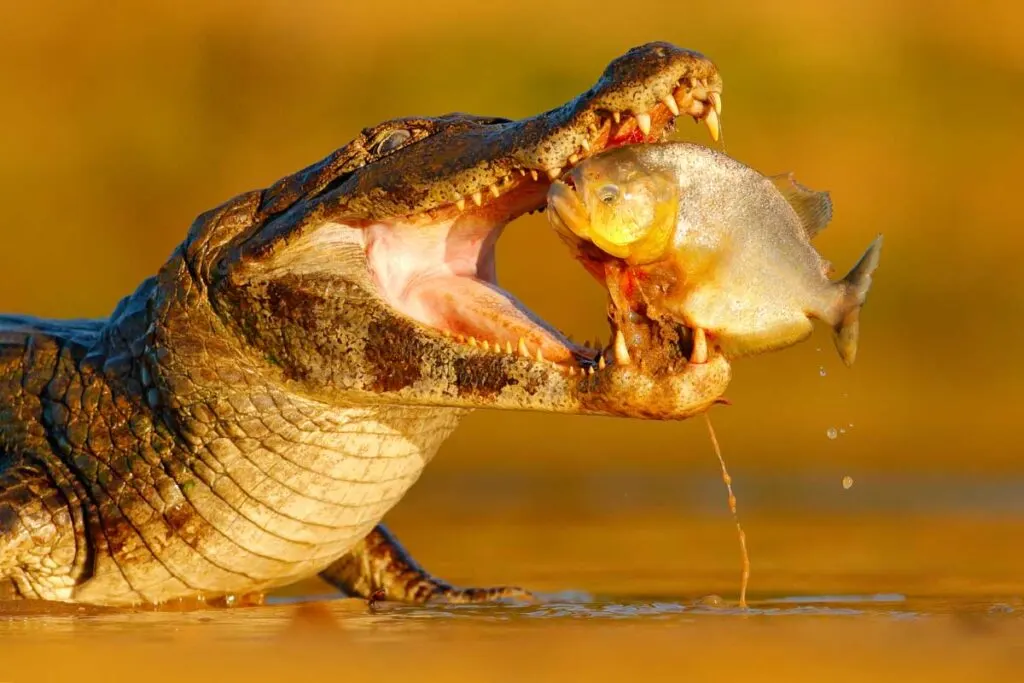
A popular member of the crocodile family, the yacare caimans are primarily found in slow-moving rivers, streams, and tropical swamps in Central and South America.
They love solitude and get together only during the mating season. They have an armor-like covering on their bodies, made of hard scales, and are known to have excellent hearing and eyesight.
Yellow Anaconda
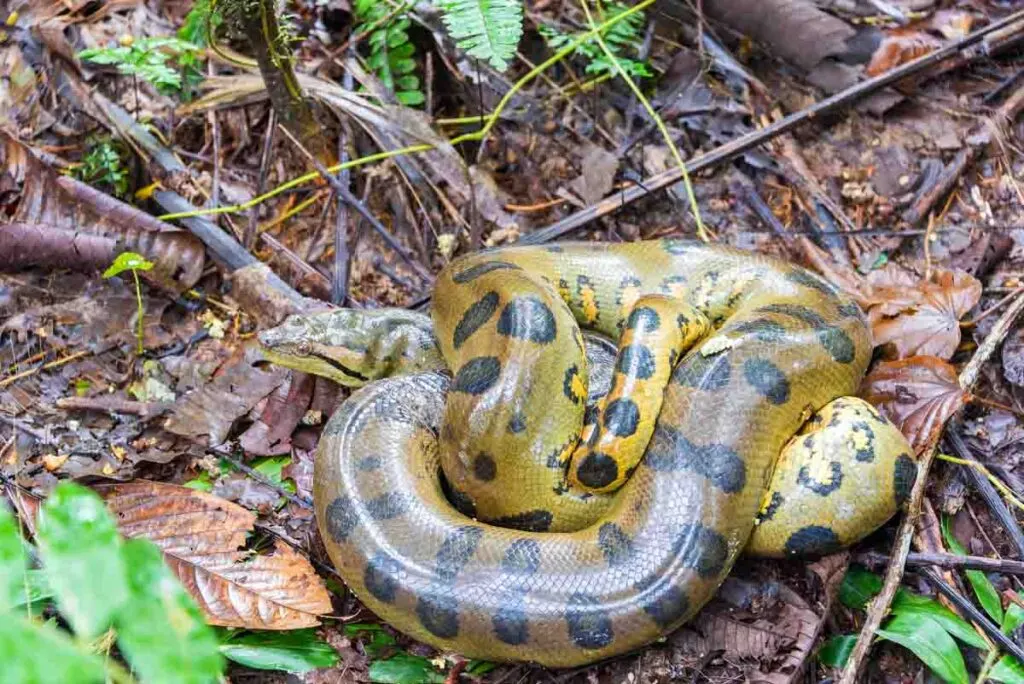
These water-loving reptiles are almost always found in or around water – and that’s also why they are known as ‘water boas’ too.
They may appear huge in size, but their temperament is actually very timid. But when threatened, these reptiles know how to defend themselves too.
These snakes are hunted for their yellow skin, which is pushing them to the brink of extinction.
Yellow Apple Snail
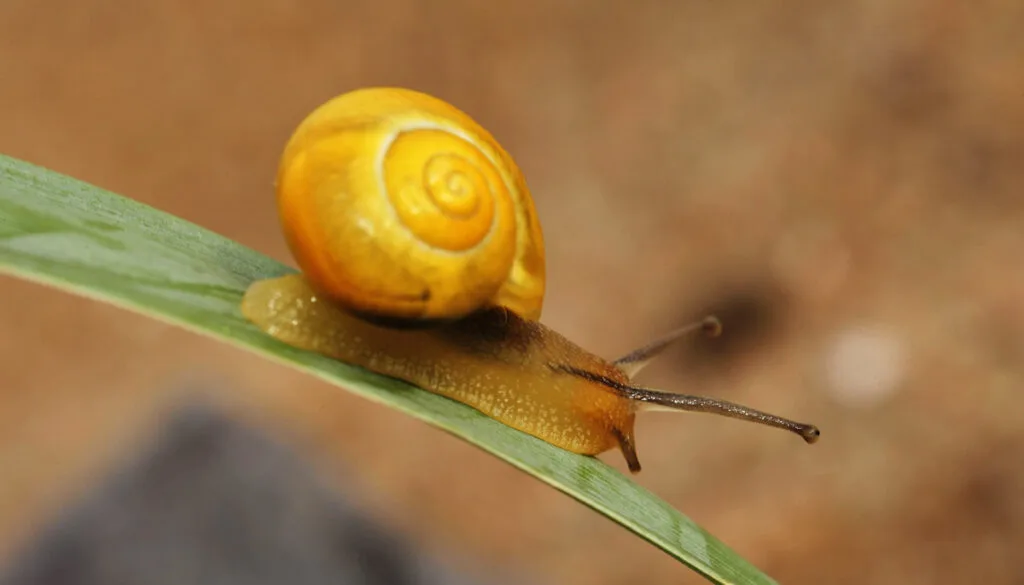
Native to South America, these yellow apple snails are usually found in freshwater bodies.
The wide, conical, and brightly colored shell makes these snails easy to spot. They are commonly added to aquariums as they help to control the growth of algae in the tanks.
Yellow Armadillo
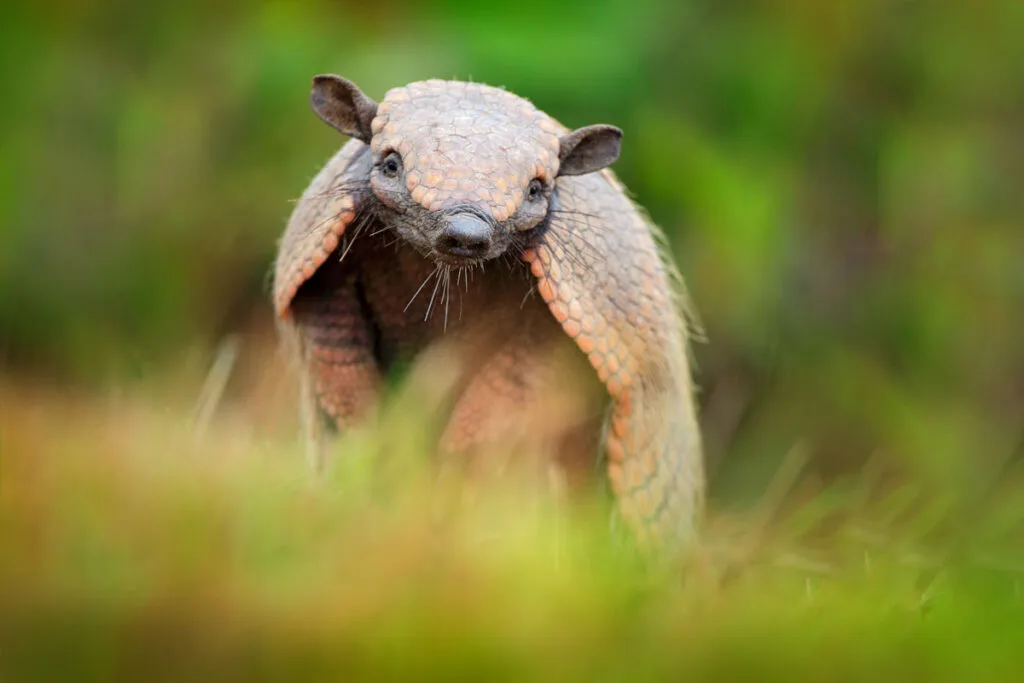
Yellow armadillos look similar to anteaters and have sticky tongues and pointy snouts.
Their eyesight is poor, but these armadillos have a heightened sense of smell, which they use to hunt their prey.
Yellow-Headed Caracara
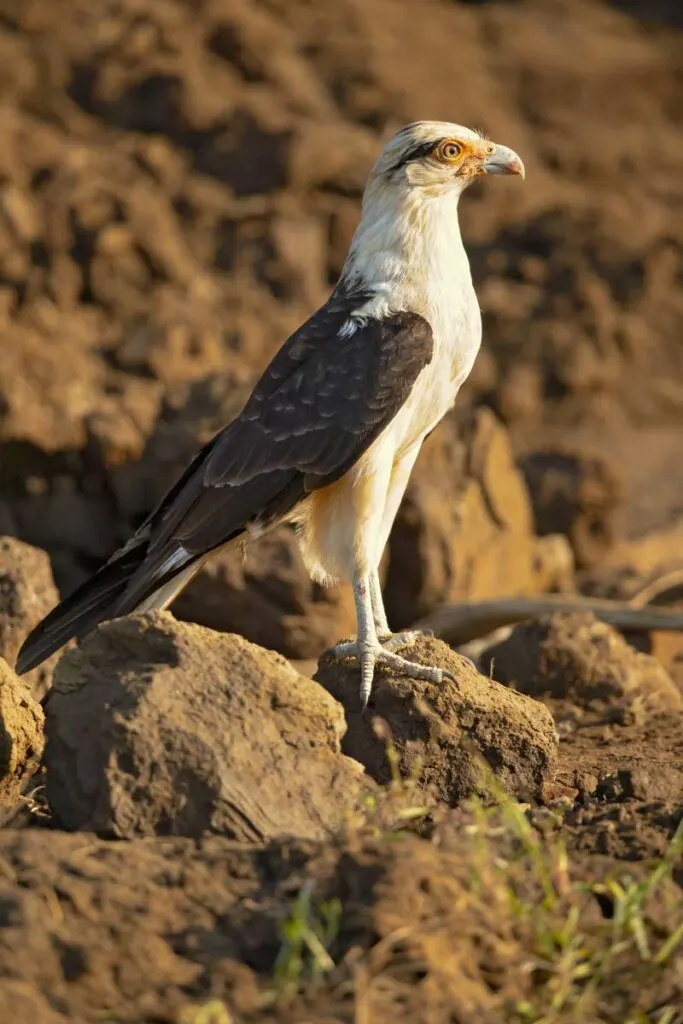
Yellow-headed caracaras are sluggish birds found mainly in Central America, around Costa Rica and Trinidad and Tobago, and in South America, from Venezuela to Uruguay.
They’re omnivorous and usually scavenge on carrions, garbage, and small animals. These birds are often spotted feeding on ticks and parasites on the backs of cattle.
Yellow-Headed Blackbird
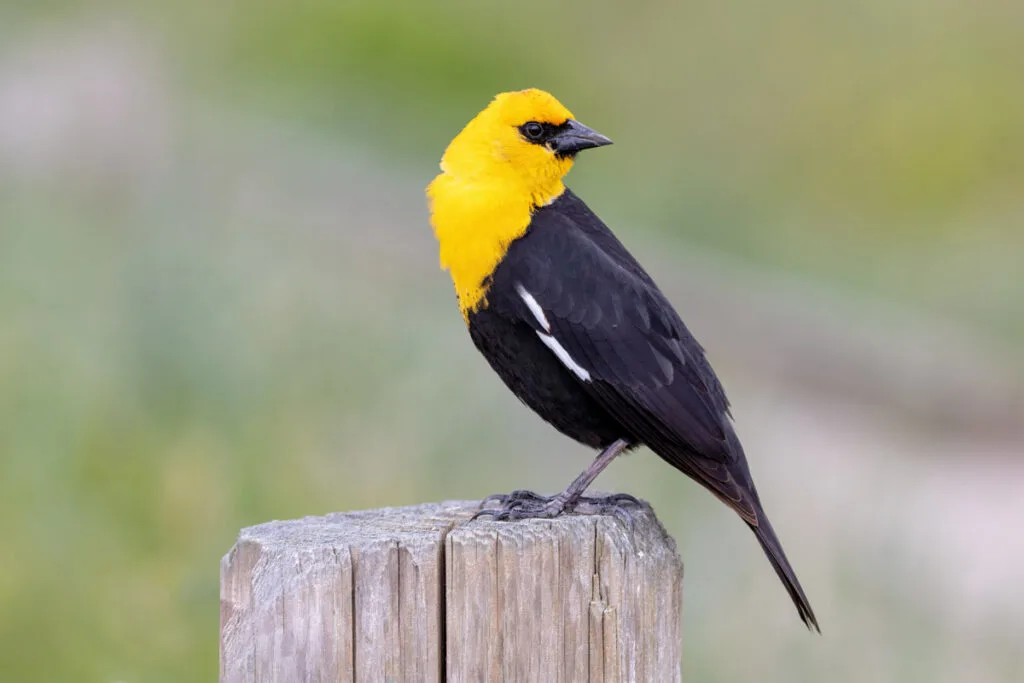
The yellow-headed blackbirds nest in marshlands and are known for their aggressive behavior towards marsh wrens, as the latter destroy the eggs of the blackbirds.
They actually have a golden head, which explains their name!
They nest directly over the water, which almost always results in some of the nestlings falling off into the water. If they survive, the nestlings swim into nearby vegetation.
Yellow Jacket Wasp
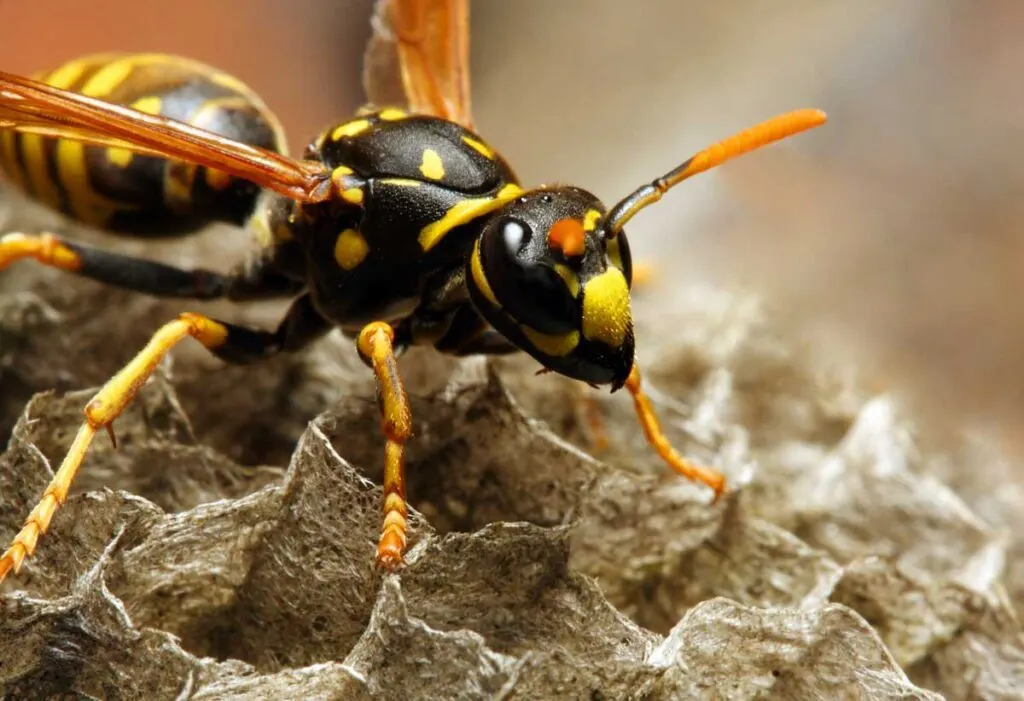
Yellowjacket wasps are a species of social wasps commonly found in the Northern Hemisphere.
These wasps have yellow-black markings on their abdomens, which explains the ‘yellowjacket’ in their names, but outside of North America, they are known as wasps.
Unlike other wasps, yellowjacket wasps fold their wings longitudinally when resting.
Yucatan Banded Gecko
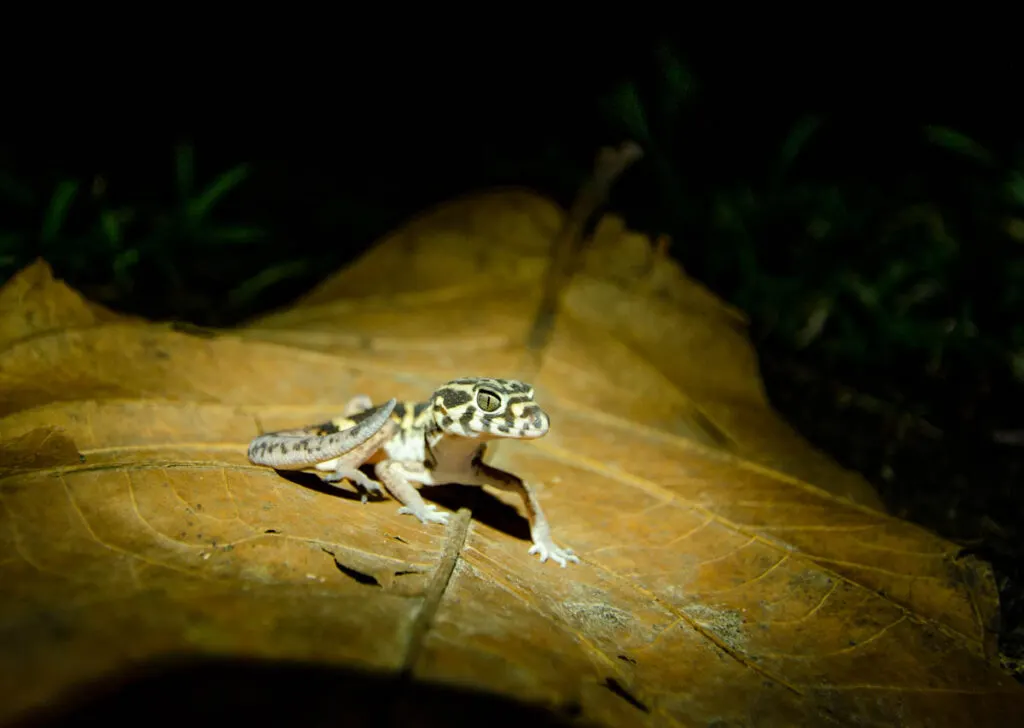
Territorial and nocturnal, the Yucatan banded geckos are inhabitants of open and forested habitats.
They feed on various insects, including crickets, beetles, and spiders. The average lifespan of these geckos is 5-8 years, and they grow up to 6 inches in length.
Yellow Ground Squirrel
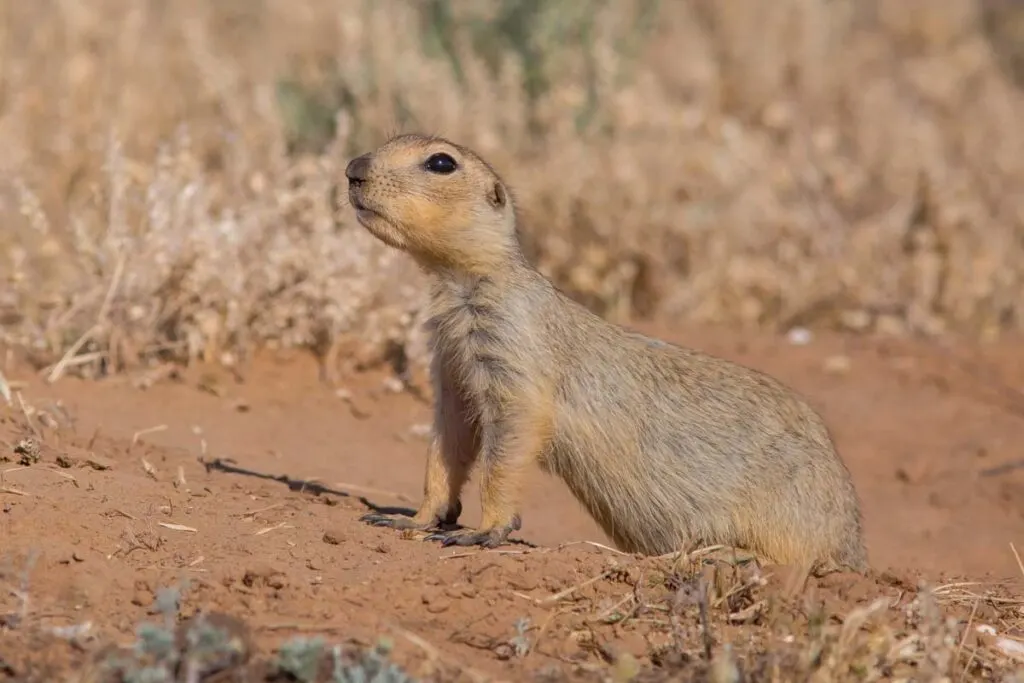
The habitats of yellow ground squirrels are open spaces, fields, or pastures. They are commonly found in farms, where they feast on crops and hence, are considered ‘pests’ by farmers.
These squirrels are known for their peculiar ability to rise up on their hind legs whenever they sense danger nearby.
Yucatan Black Howler
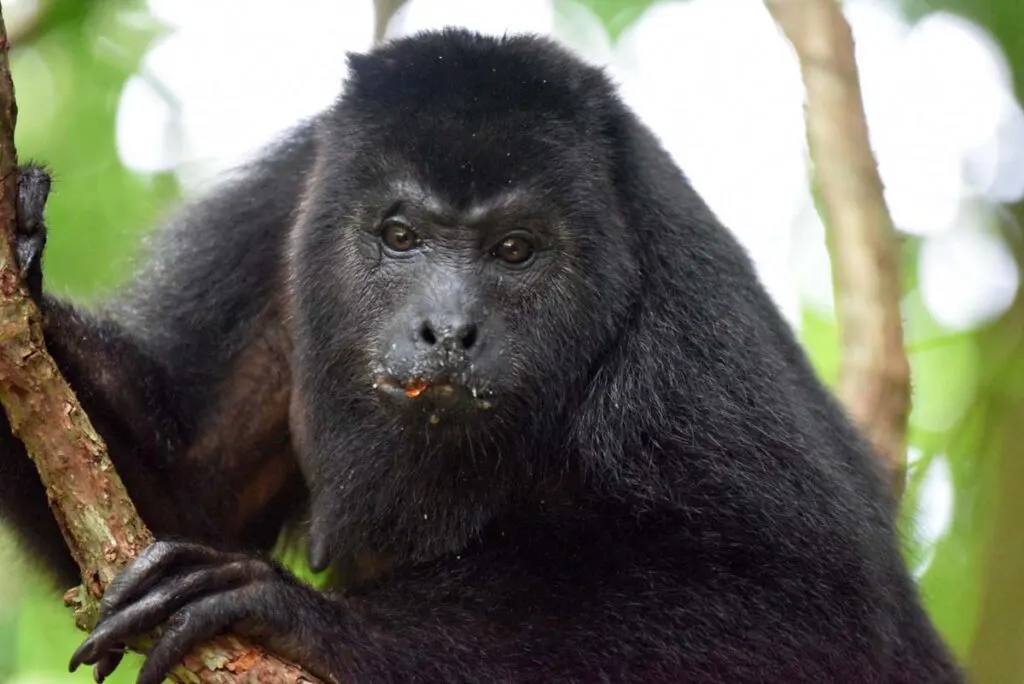
Yucatan black howlers are also commonly known as baboons and are a species of howler monkeys found in Mexico, Guatemala, and Belize.
Diurnal and arboreal, Yucatan is the largest howler monkey species. Adults have long black hair, but baby howlers have brown fur.
Yellow-Throated Toucan
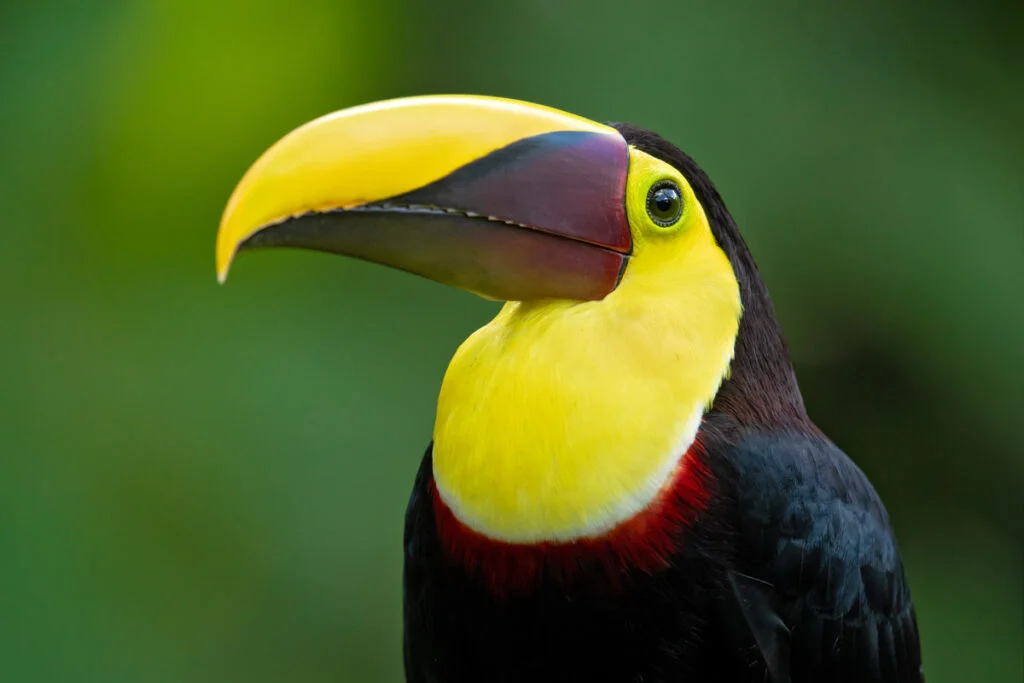
This bright yellow bird endemic to Costa Rica is mostly found in tropical rainforests and border edges.
The physical features of the yellow-throated toucan confuse most people into thinking it’s a yellow bill or a long chestnut. These birds are largely frugivorous.
Yellow-Eyed Penguin
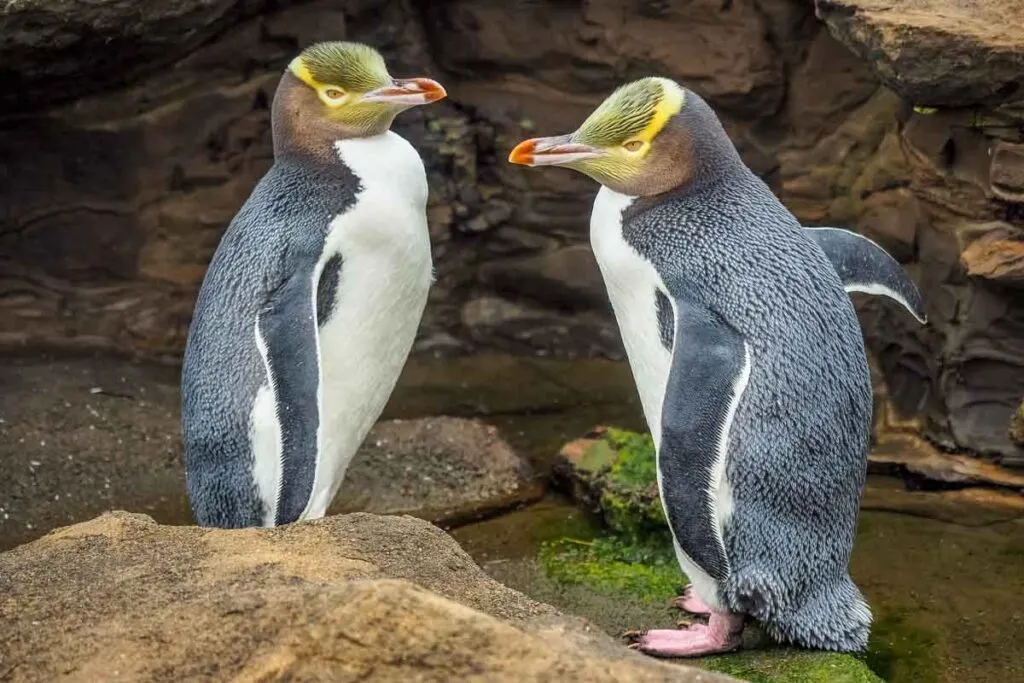
As the name suggests, yellow-eyed penguins have pale yellow eyes, a yellow head, and even a bright yellow band that extends from their eyes to the back of their heads.
They have a semi-musical call, which they use to interact with each other.
The lifespan of this species of penguins spans 3-5 years, depending on their gender. Males outlive the female penguins.
Unique to New Zealand, the yellow-eyed penguin is thought to be one of the world’s rarest species of penguin.
Yellow Spotted Night Lizard
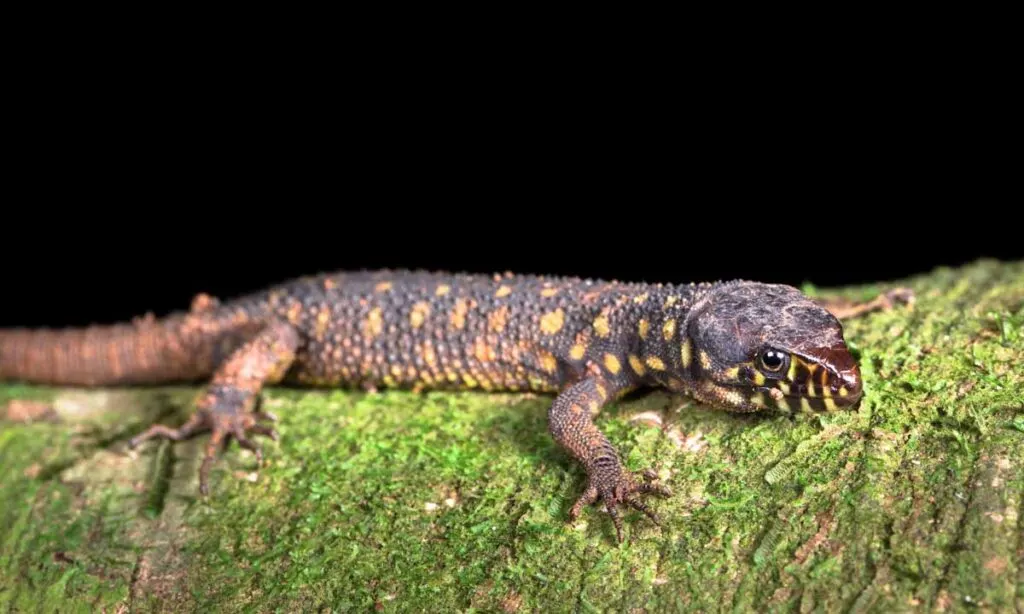
This reptile lives in the same spot for its entire lifespan, around 11 years. The night lizards reproduce asexually.
They are primarily black and have unique yellow spots on their entire bodies.
These lizards are venomous, and as their venom is on the tongue, they do not even need to bite to release it into the prey.
Yellow-Bellied House Snake
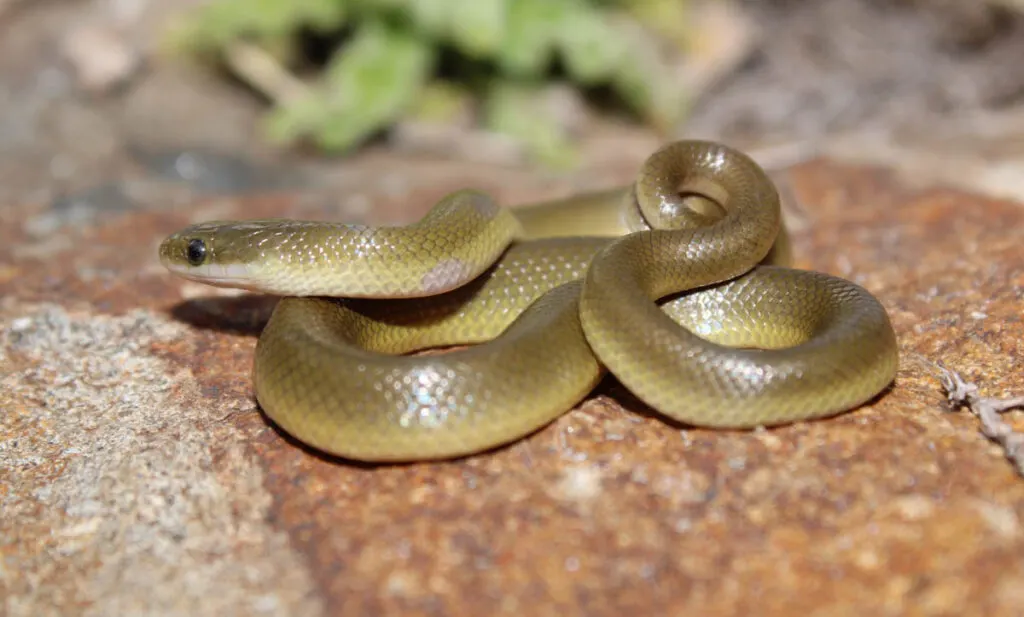
These nocturnal reptiles are super secretive and are usually found alone in termite mounds or under large rocks.
Endemic to South Africa, these snakes are mildly venomous and have just enough venom to incapacitate the small prey they feed on.
Yellow Monitor
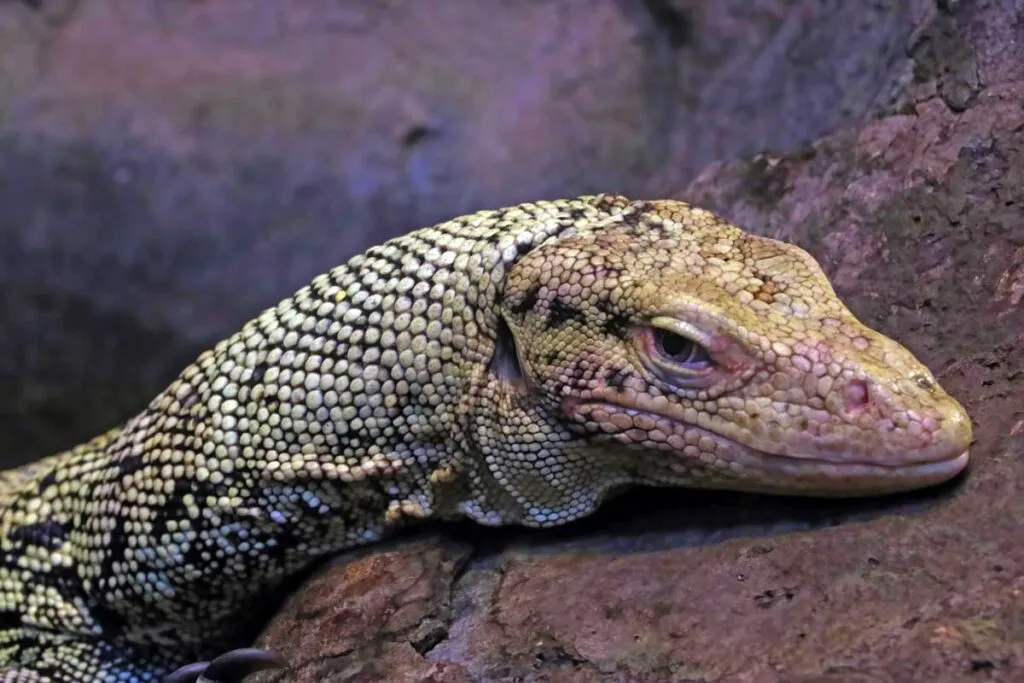
Yellow monitors are medium in size and weigh around 3.5 pounds.
They usually inhabit wet areas on the edges of forests or agricultural land near human settlements.
The monitors have short hind toes, which hampers their ability to climb trees quickly.
Yellow Mongoose
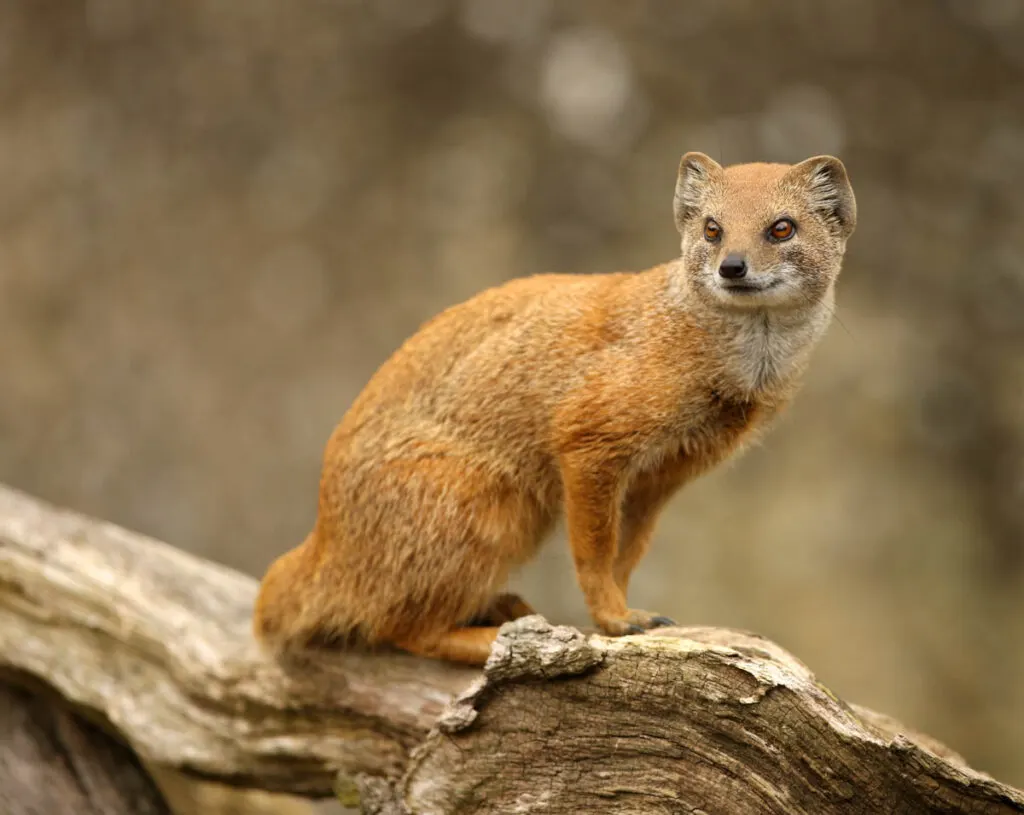
Yellow mongooses are mainly known for their polygynous nature – a single yellow mongoose mates with multiple females.
Females can have up to 5 offspring in a single breeding season.
Their diet mostly consists of insects, lizards, and snakes, and they work as natural pest controllers in agricultural lands.
They are found in a few southern African countries, such as Botswana, Namibia, and South Africa.
Yellow-Bellied Marmot
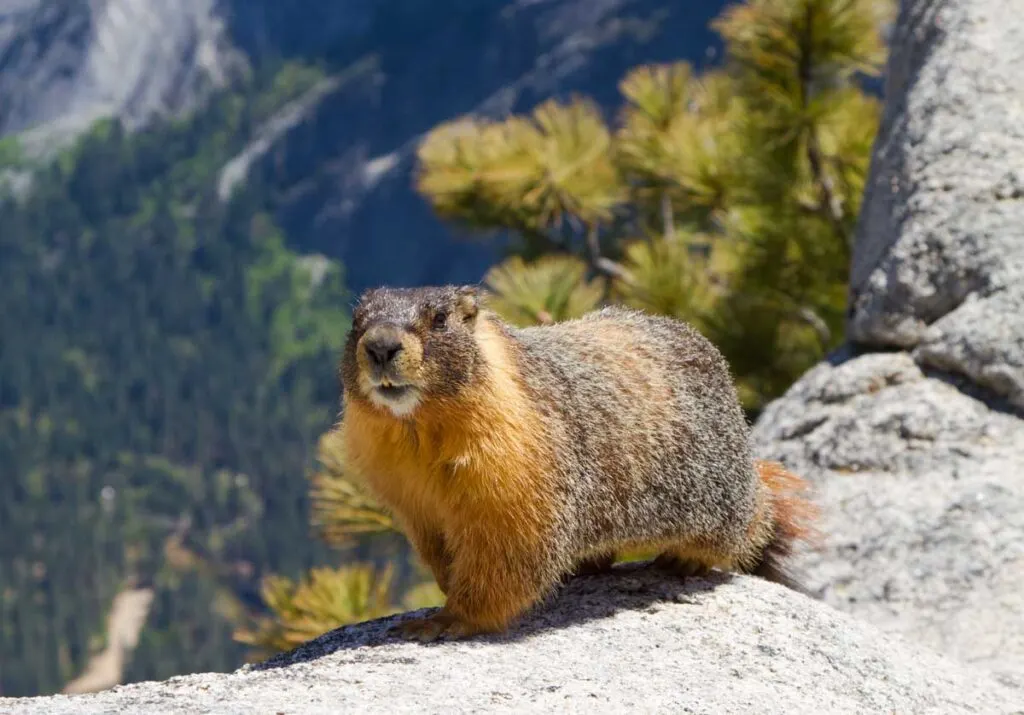
These marmots have brown fur and a yellow belly. Native to North America, the marmots typically live in steppes, alpine meadows, pastures, and forest edges.
They are herbivores and feed on grains, fruits, legumes, plants, and grasses. Yellow-bellied marmots are diurnal.
They hibernate from September to May in burrows up to 16-23 feet deep.
Yellow-Footed Rock Wallaby
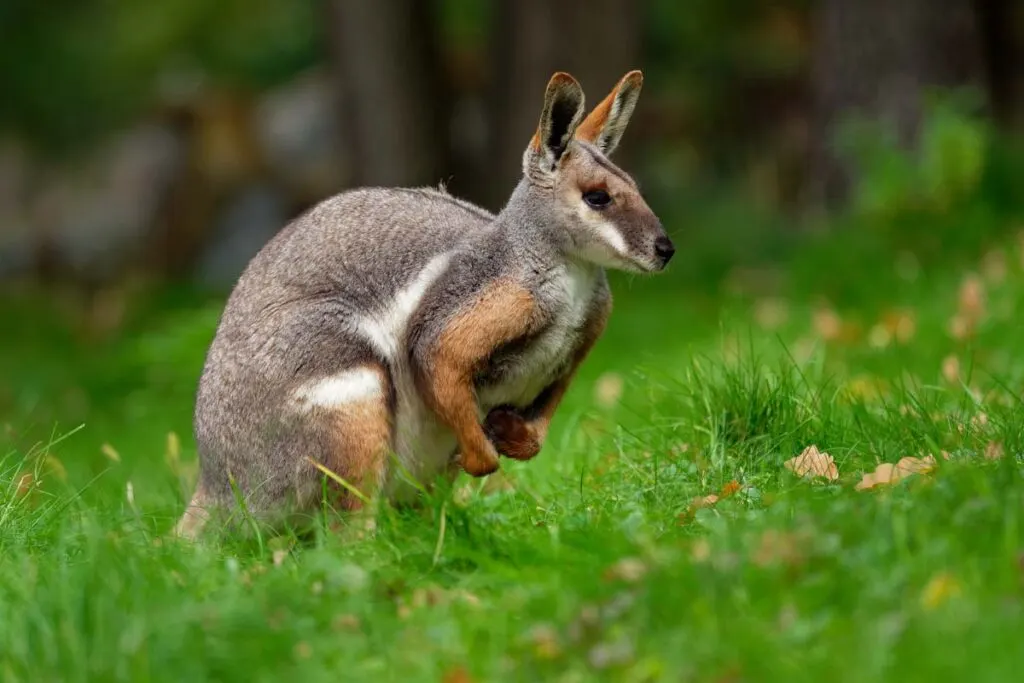
Wallabies are nothing but small kangaroos and weigh less than 44 pounds.
The yellow-footed rock wallabies are found mostly among rocky cliffs in South Wales, South Australia, and Queensland.
They are herbivorous and consume grass and leaves, and get the maximum amount of nutrition from the process of rumination.
Yellow-Throated Marten
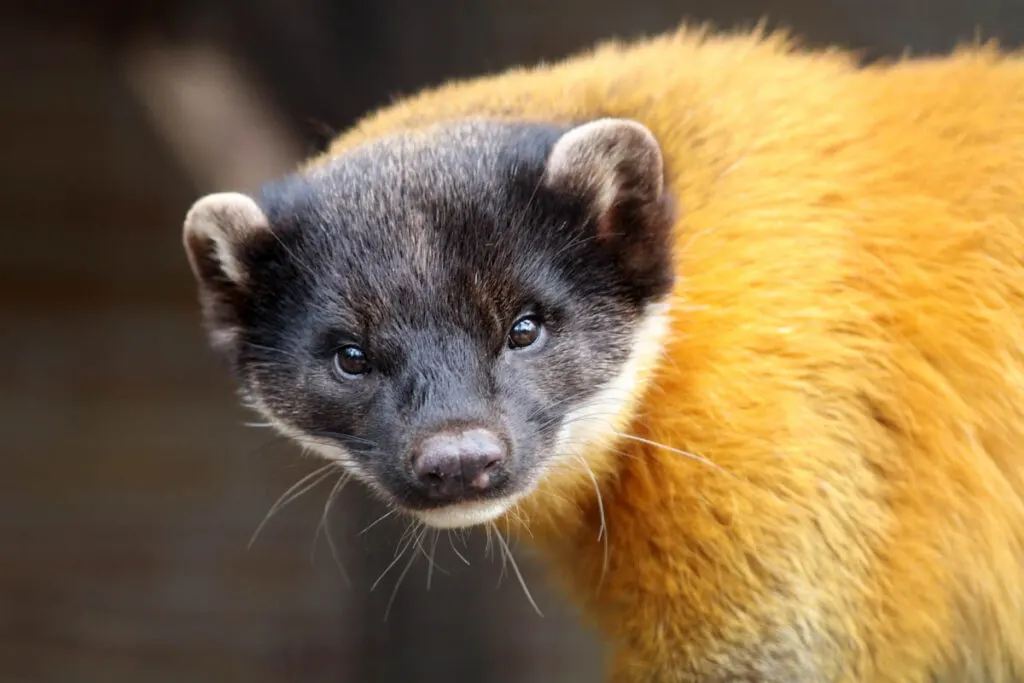
These marten species are the largest martens in the Old World and have a tail that’s twice the size of their body!
They have a unique, mixed-colored coat featuring black, golden-yellow, brown, and even white. They are diurnal hunters and usually hunt in packs.
They are distributed through many Asian countries, including Bangladesh, Myanmar, and Thailand.
Yellow-Footed Antechinus
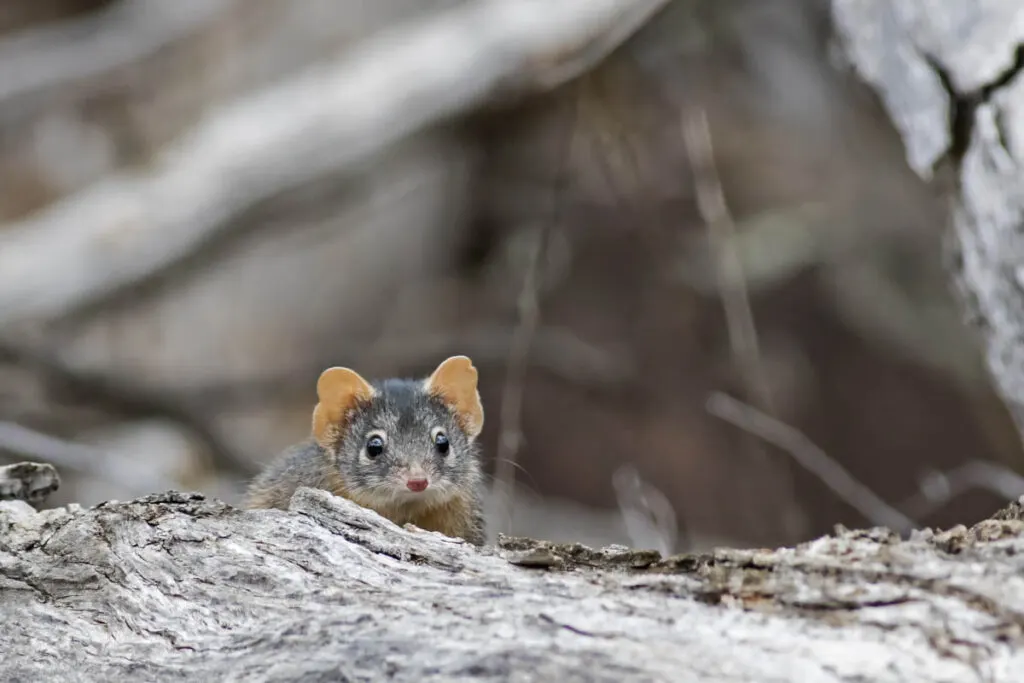
Yellow-footed antechinuses are shrew-like marsupials found in Australia.
One notable feature of these animals that start with Y is their sexual behavior.
The male yellow-footed antechinus engages in such frenzied mating that its immune system becomes compromised, resulting in stress-related death before it is one year old.
Yellow-Bellied Weasel
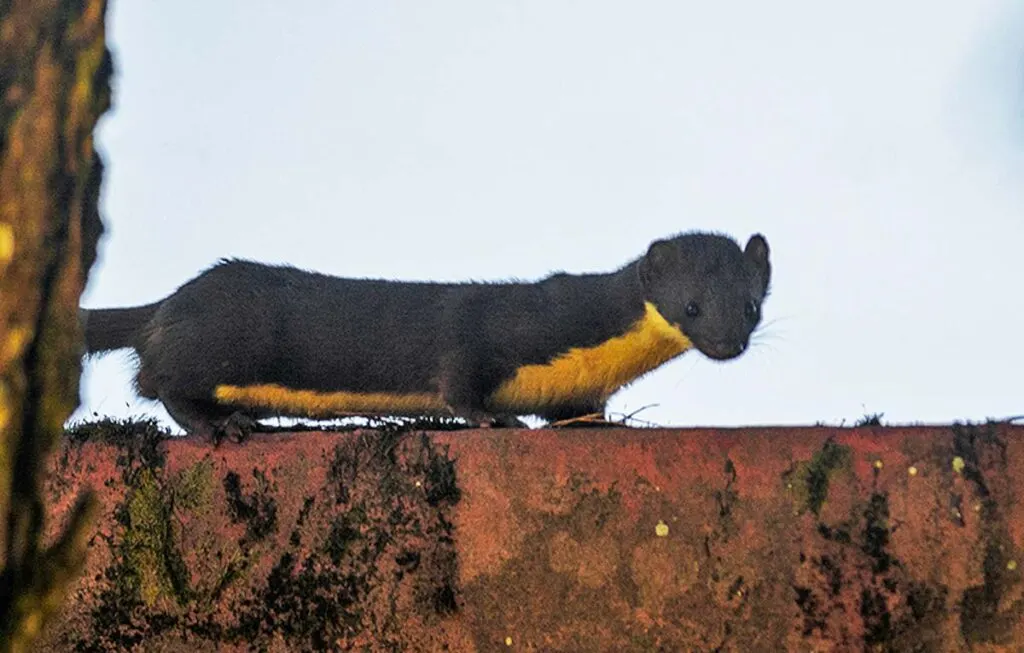
Yellow-bellied weasels are species of weasel that inhabit pine forests in central and eastern Asia.
Although named for their yellow-colored underbelly, these weasels have dark brown upperside and tails.
Further out, yellow-bellied weasels prey on mice, rats, birds, voles, and other small mammals.
Yucatan Woodpecker
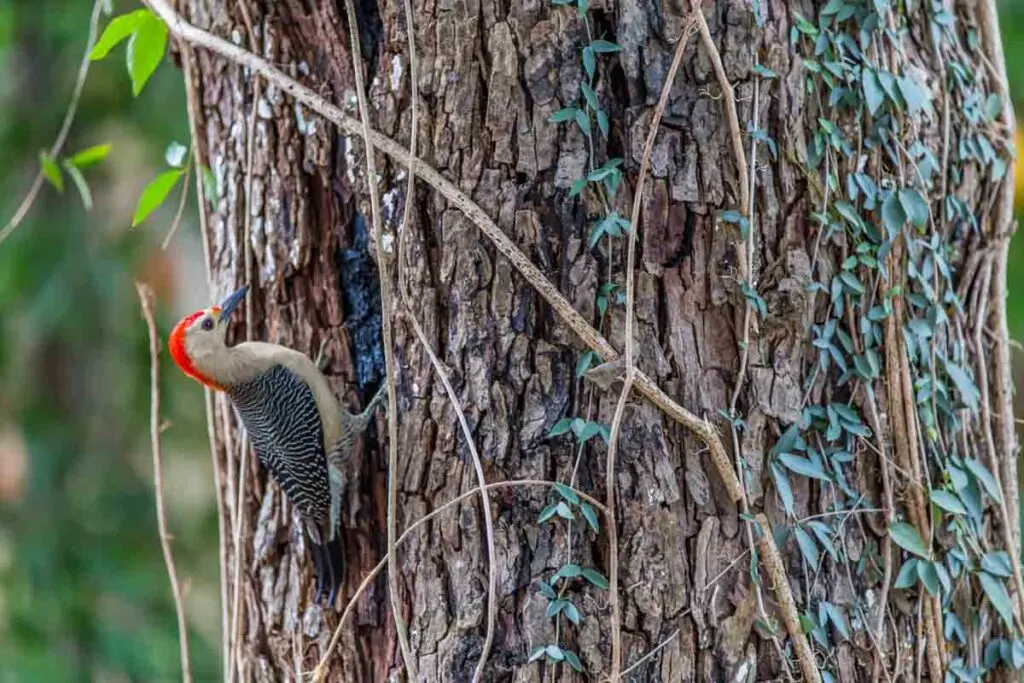
Also known as the red-vented woodpecker, the Yucatan woodpecker is found in Mexico, Belize, and the entire Yucatan Peninsula.
They are terrestrial birds and do not migrate. These birds communicate by drumming with their beak, a sound that can be heard across long distances.
Needless to say, they have super strong beaks, which they also use for hunting.
Yellow Tang
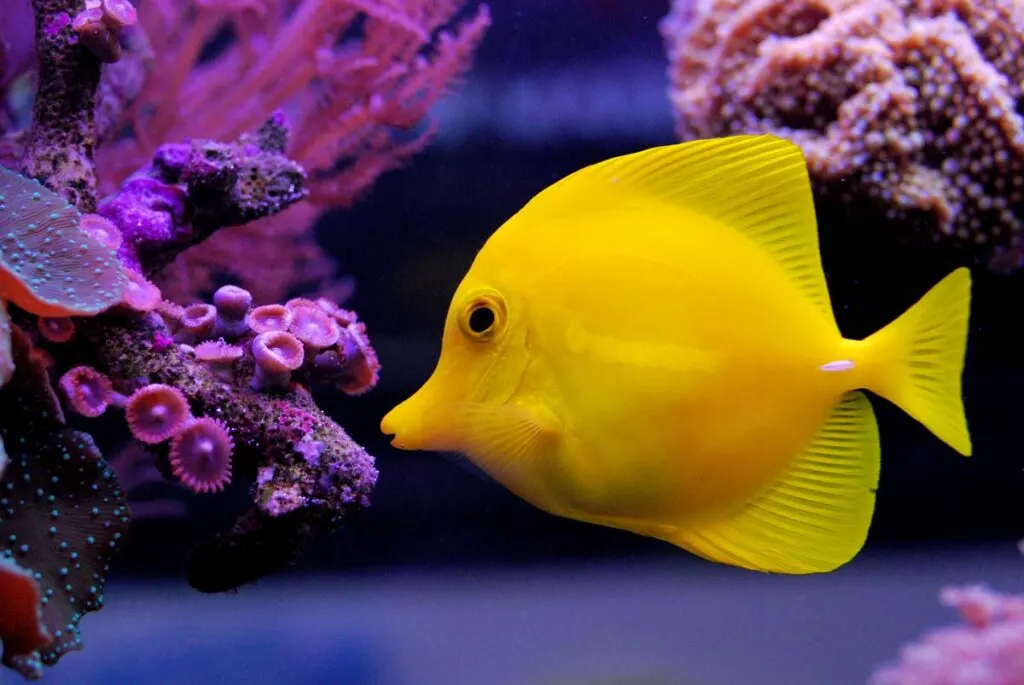
Found in the islands of Hawaii, the yellow tang can be easily spotted thanks to its bright yellow color.
In the wild, these fish have a lifespan of 30 years, but in human captivity, they can survive for only about 5-10 years.
They are algae feeders and play a crucial role in maintaining coral reef ecosystems.
Yellow Canary
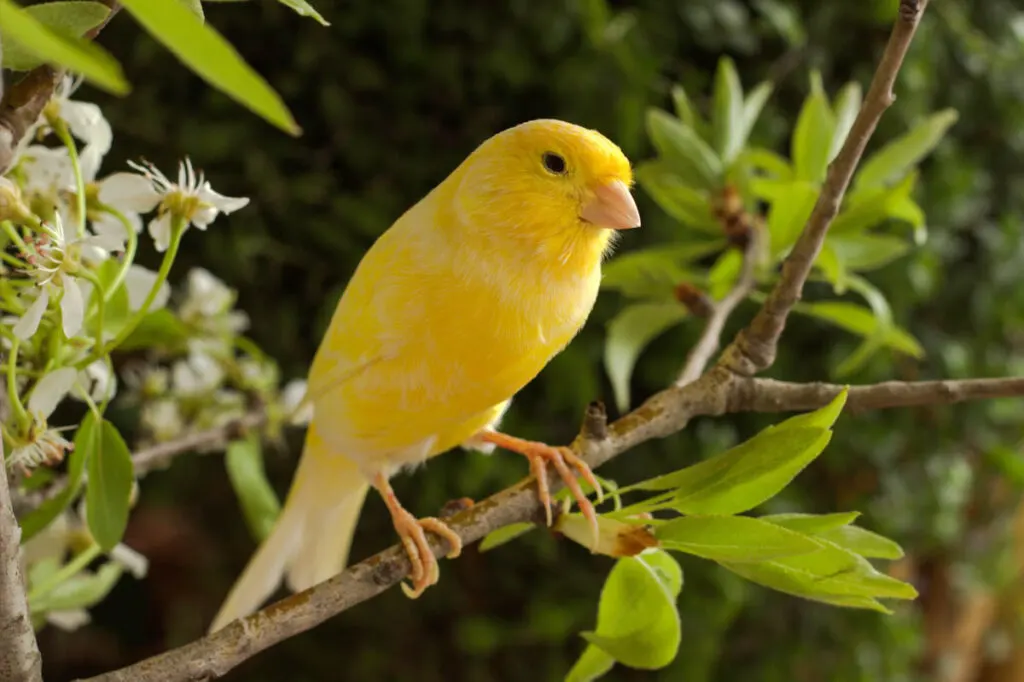
No list of animals that start with Y would be complete without yellow canaries.
Yellow canaries are small-sized passerine birds and are known for their quiet, peaceful demeanor.
Typically, canaries are found at an elevation of 4,921 feet above sea level. These cute animals grow up to 4-6 inches in size and have a wingspan of 7-9 inches.
Yellow-Bellied Sapsucker
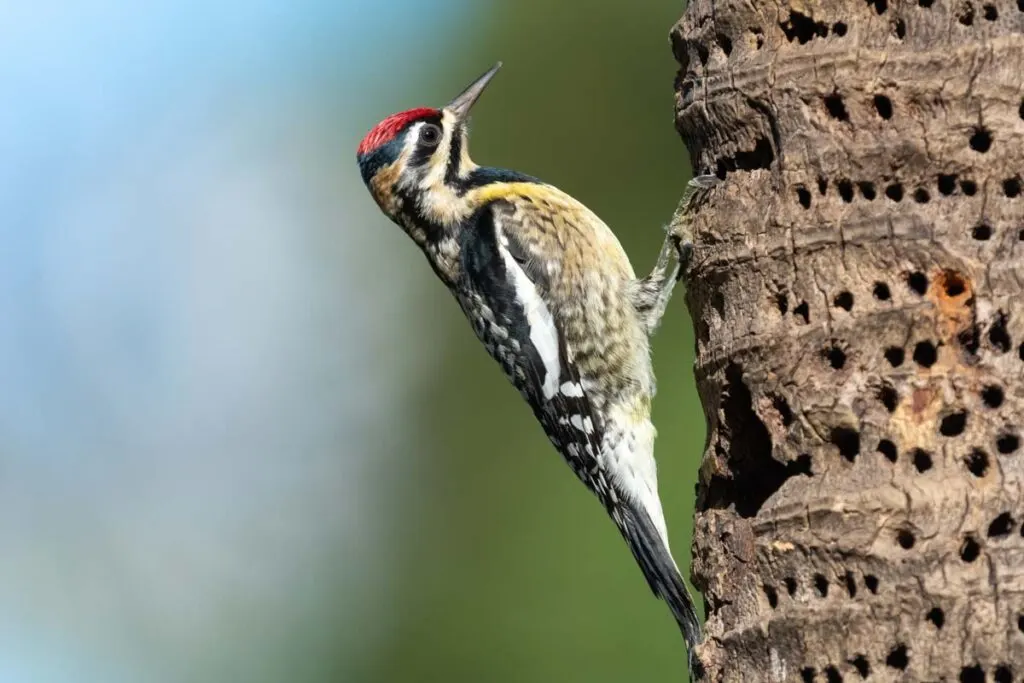
The yellow-bellied sapsucker is a medium-sized woodpecker native to North America. This beautiful bird breeds in Canada and the northeastern United States.
Because the feeding habits of the yellow-bellied sapsucker can injure trees and attract insects, it is sometimes considered a pest.
They can cause serious damage to trees, leading to increased tree mortality.
Yellow Oriole
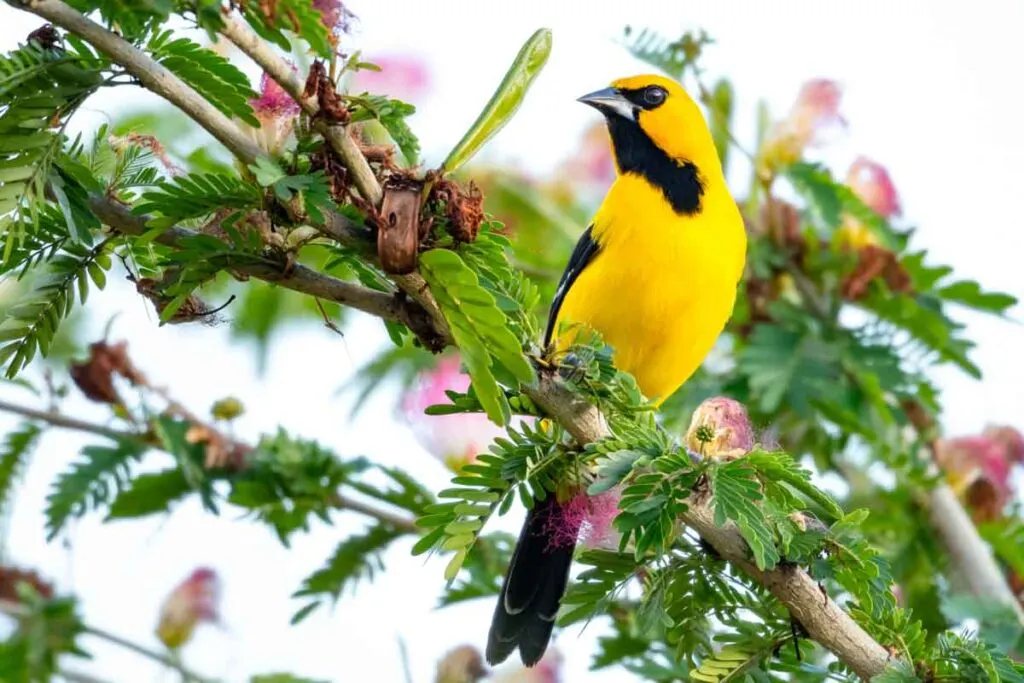
Yellow orioles feature yellow plumage and a mix of black feathers. The male orioles are in a brighter shade of yellow, whereas the females are paler.
Their natural habitat consists of scrublands and open lands. Yellow orioles have a variety of pleasant sounds, which they use to communicate with each other.
Yellow-Throated Nightingale-Thrush
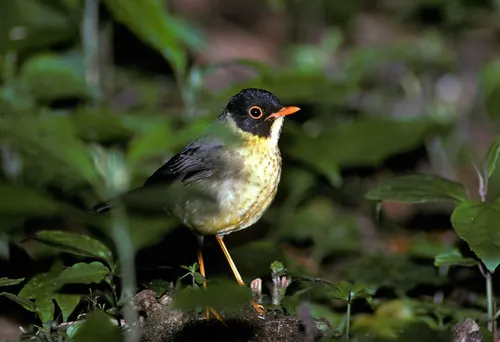
Small and attractive, these birds have distinctive plumage – black head, orange bill and legs, and yellow underparts.
They have a distinctive call, which almost sounds like they’re singing. The yellow-throated nightingale thrush is elusive and can be heard more than seen.
Yarará Grande
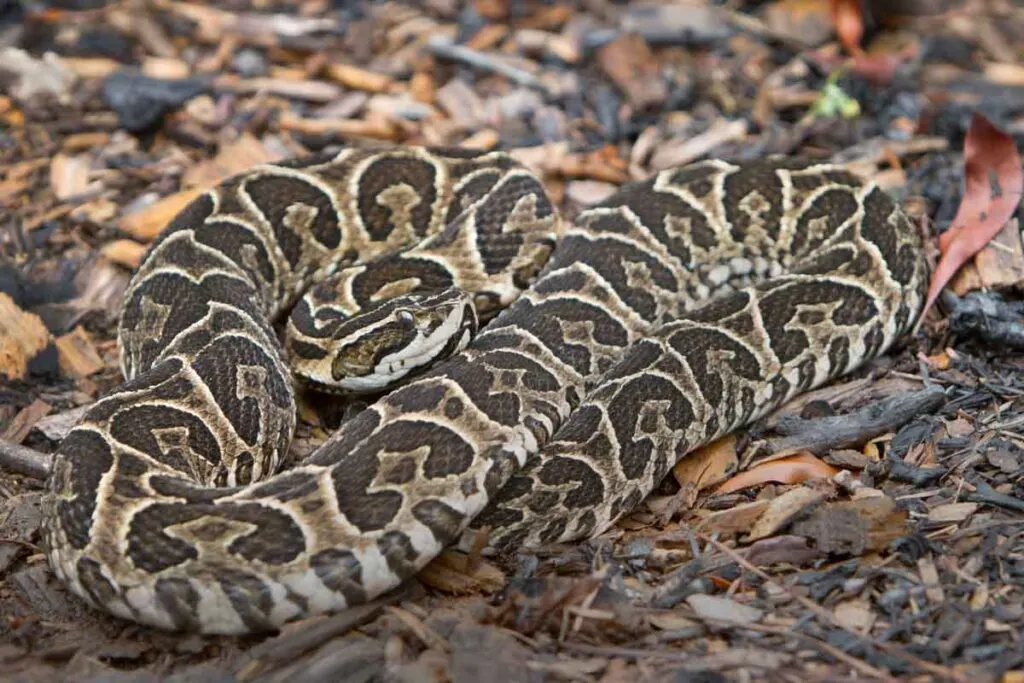
These reptiles are typically found in South America in forests, marshlands, or grasslands.
The belly of this snake is pale, and it features one single stripe that runs the entire length of its body. It grows up to 2-4 feet and lives for anything between 10-20 years.
Yellowfin Tuna
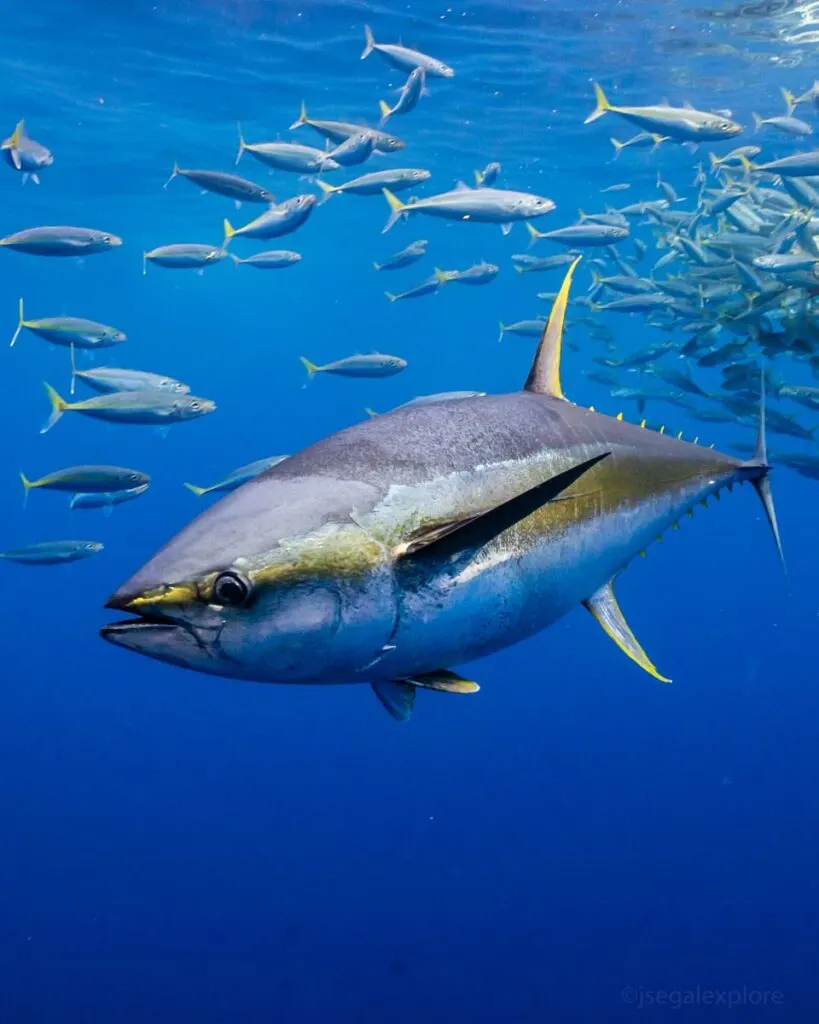
These fish have dark metallic blue bodies that are accentuated by contrasting yellow fins.
They are migratory and are found across different oceans in the world. These fish can breed around the year and can live up to 6-7 years.
They typically form schools with other tuna species and are also friendly with dolphins.
Yellow-Footed Tortoise
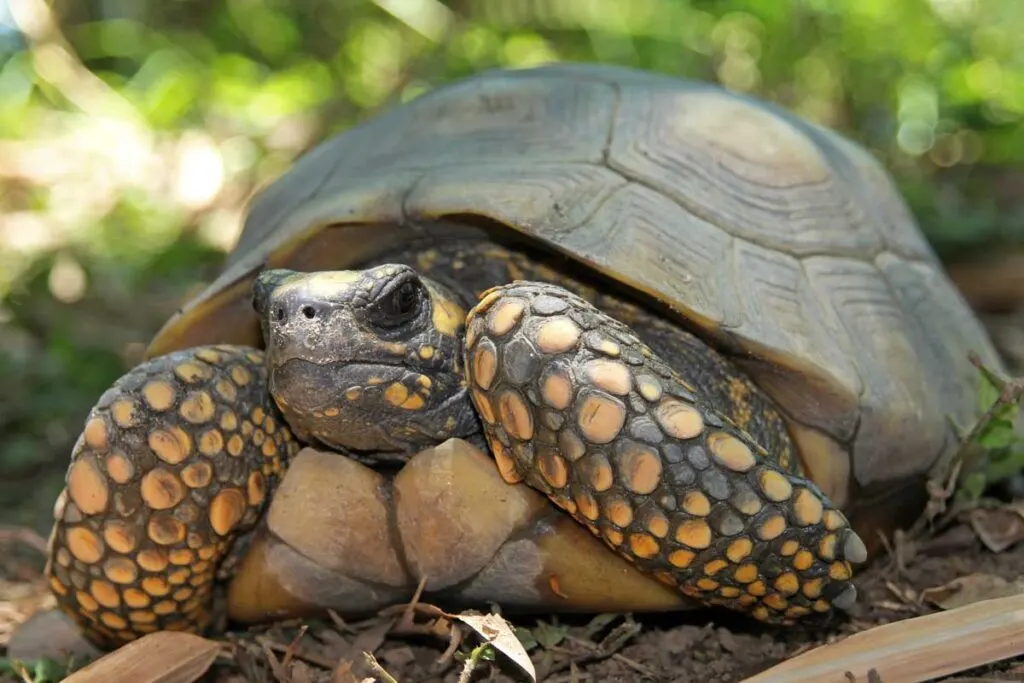
The yellow-footed tortoise has distinctive yellow and orange scales on its limbs, and this explains its name.
They’re usually found in the rainforests of South America.
These tortoises weigh around 15-20 pounds, but in rare cases, they may grow up to over 100 pounds too!
Animal Alphabet List
Animals With Y
We hope you enjoyed this fun animal list! Feel free to share it with your friends on social media.
Are we missing any animals beginning with Y? Then let us know in the comments, and we will update this list! 😉
